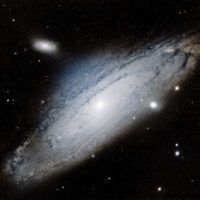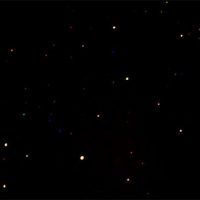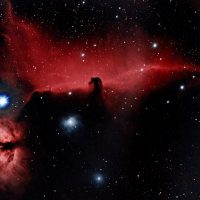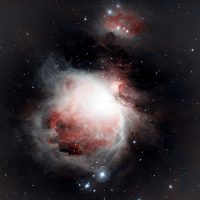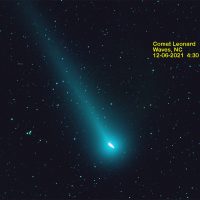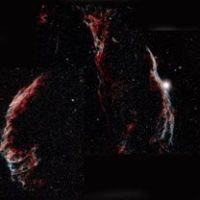
What’s behind the Veil? Thousands of years ago, there was a massive super-nova explosion in the constellation, Cygnus. The remnants of that explosion formed a nebula called the Cygnus Loop. It looks like this: Cygnus Loop is about 120 light years across and has a magnitude of +5. It is believed to be about 20,000 […]
Island Features | Full Article


